Table of content
Mango, often hailed as the “king of fruits,” is celebrated worldwide for its sweet, tropical flavor and versatility in both raw and cooked preparations. From jams and chutneys to pies and compotes, cooked mango dishes add a vibrant twist to culinary creations. However, a common question arises among home cooks and food enthusiasts: Can cooked mango be safely stored in the refrigerator, and if so, for how long? This article delves into the science of refrigeration, food safety, and practical tips to help you preserve the taste and texture of cooked mango while avoiding spoilage.
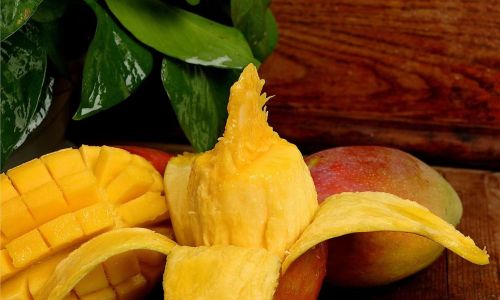
The Basics of Refrigeration and Cooked Mango
Refrigeration slows bacterial growth by lowering temperatures, which is critical for perishable foods. Cooked mango, like other cooked fruits, undergoes chemical and structural changes during heating that affect its shelf life. When mango is cooked—whether simmered into a compote, baked into a dessert, or pureed for sauces—its natural enzymes are inactivated, and moisture content may increase, creating an environment that could either inhibit or promote microbial activity depending on storage conditions.
The key factors influencing the safety of refrigerated cooked mango include:
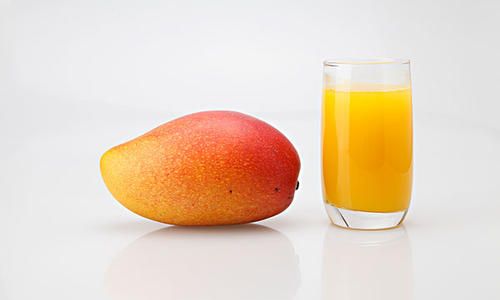
- Acidity: Mango has a pH level between 4.5–5.2, making it moderately acidic. Cooking may slightly lower the pH due to caramelization or the addition of acidic ingredients like lime juice or vinegar, which can help suppress bacterial growth.
- Sugar Content: Cooked mango dishes often contain added sugars (e.g., in jams or glazes), which act as preservatives by binding water and making it less available for microorganisms.
- Storage Temperature: The refrigerator should maintain a temperature of 40°F (4°C) or below to prevent pathogens like Staphylococcus aureus or Bacillus cereus from multiplying.
Is It Safe to Refrigerate Cooked Mango?
The short answer is yes, but with caveats. Cooked mango can be refrigerated safely if handled properly. However, improper storage—such as leaving it at room temperature for too long before refrigeration or using unsuitable containers—can lead to spoilage or foodborne illness.
Safety Guidelines
- Cooling Time: Allow cooked mango to cool to room temperature (no more than 2 hours) before refrigerating. Leaving it out longer invites bacterial growth.
- Containers: Use airtight, food-safe containers or resealable bags to prevent moisture loss and cross-contamination. Glass jars with tight lids work well for compotes, while plastic containers are ideal for purees.
- Shelf Life: Properly stored cooked mango typically lasts 3–5 days in the refrigerator. Discard if you notice off-odors, mold, or significant texture changes.
Factors Affecting Shelf Life
The longevity of refrigerated cooked mango depends on several variables:
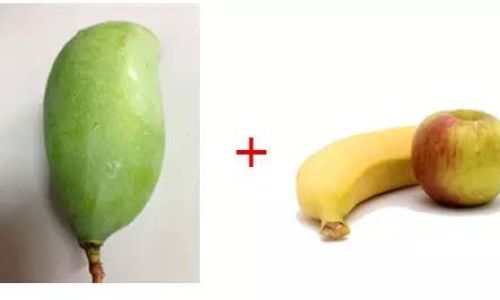
- Ingredients: Dishes with high sugar or acidity (e.g., mango chutney with vinegar) last longer than unsweetened preparations.
- Additives: Preservatives like citric acid or commercial pectin can extend shelf life.
- Exposure to Air: Frequent opening of containers introduces oxygen, accelerating spoilage.
- Initial Hygiene: Cooking utensils, hands, and surfaces must be clean to avoid contaminating the mango before storage.
How to Tell If Refrigerated Cooked Mango Has Spoiled
Spoilage signs include:
- Foul Smell: A fermented or sour odor indicates bacterial activity.
- Mold Growth: Fuzzy spots in green, white, or black hues are clear red flags.
- Texture Changes: Excessive sliminess, separation of liquids, or unusual graininess.
- Taste: A bitter, alcoholic, or overly tangy flavor (though always err on the side of caution and discard if unsure).
Reheating and Using Refrigerated Cooked Mango
When ready to use stored cooked mango, consider the following:
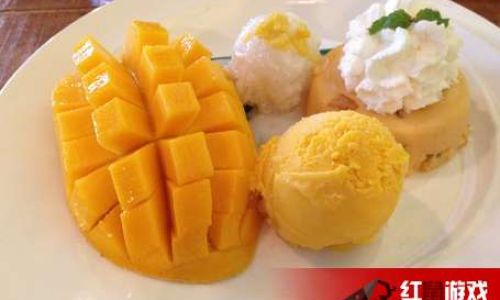
- Reheating: Gently warm on the stovetop over low heat or in the microwave using short intervals. Avoid boiling, as this can degrade texture and flavor.
- Texture Adjustments: Refrigerated mango may become slightly thicker. Add a splash of water, juice, or liquor (e.g., rum) to restore consistency.
- Culinary Applications: Use leftover cooked mango in:
- Smoothies or milkshakes
- Yogurt or oatmeal toppings
- Ice cream bases or sorbets
- Salad dressings or marinades
- Baked goods like muffins or tart fillings
Freezing Cooked Mango for Longer Storage
For extended preservation, freezing is an option. Cooked mango can last 8–12 months in the freezer if properly sealed.
- Preparation: Portion into freezer-safe bags or containers, leaving ½-inch headspace for expansion.
- Thawing: Defrost in the refrigerator overnight or use the microwave’s defrost setting.
- Texture Note: Freezing may alter texture, making it softer. Use frozen cooked mango in sauces, smoothies, or baked goods where texture is less critical.
Creative Ways to Use Leftover Cooked Mango
- Mango BBQ Sauce: Blend with tomato paste, spices, and vinegar for a tangy glaze.
- Mango-Coconut Energy Bites: Mix with shredded coconut, oats, and honey, then roll into balls.
- Spicy Mango Salsa: Combine with jalapeños, red onion, and cilantro for a vibrant topping.
- Mango-Stuffed French Toast: Sandwich between bread slices dipped in egg batter.
- Mango-Ginger Sorbet: Freeze and blend with fresh ginger for a refreshing dessert.
Common Myths About Refrigerating Cooked Mango
- “Refrigeration Ruins the Flavor”: While chilling may mellow sweetness slightly, proper storage preserves most flavors.
- “Cooked Mango Doesn’t Need Refrigeration”: All cooked foods require refrigeration within 2 hours to prevent bacterial growth.
- “You Can Store It Indefinitely”: Even in the fridge, quality declines after 5 days.
Conclusion
Refrigerating cooked mango is a safe and practical way to reduce food waste and enjoy this tropical delight beyond its immediate preparation. By adhering to proper cooling, storage, and hygiene practices, you can extend its shelf life without compromising safety. Whether you’re whipping up a batch of mango chutney, a decadent pie filling, or a simple compote, knowing how to store leftovers ensures that every spoonful remains as delicious as the first. So next time you find yourself with extra cooked mango, don’t hesitate to refrigerate it—just remember to label, seal, and savor within a week for optimal results.
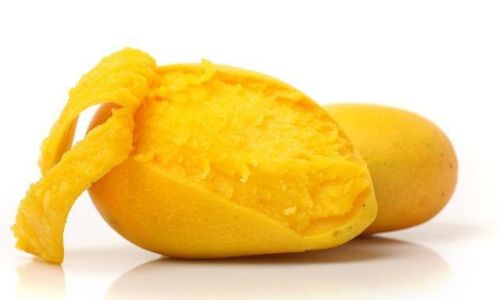
Final Tip: For a quick treat, top refrigerated cooked mango with a dollop of whipped cream or a sprinkle of toasted coconut. It’s a testament to how a little refrigeration know-how can turn leftovers into a delightful indulgence.
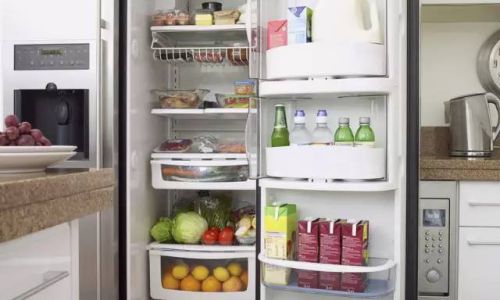

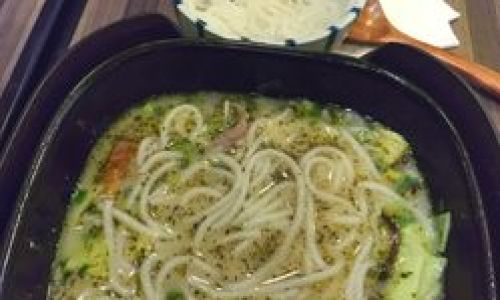


0 comments